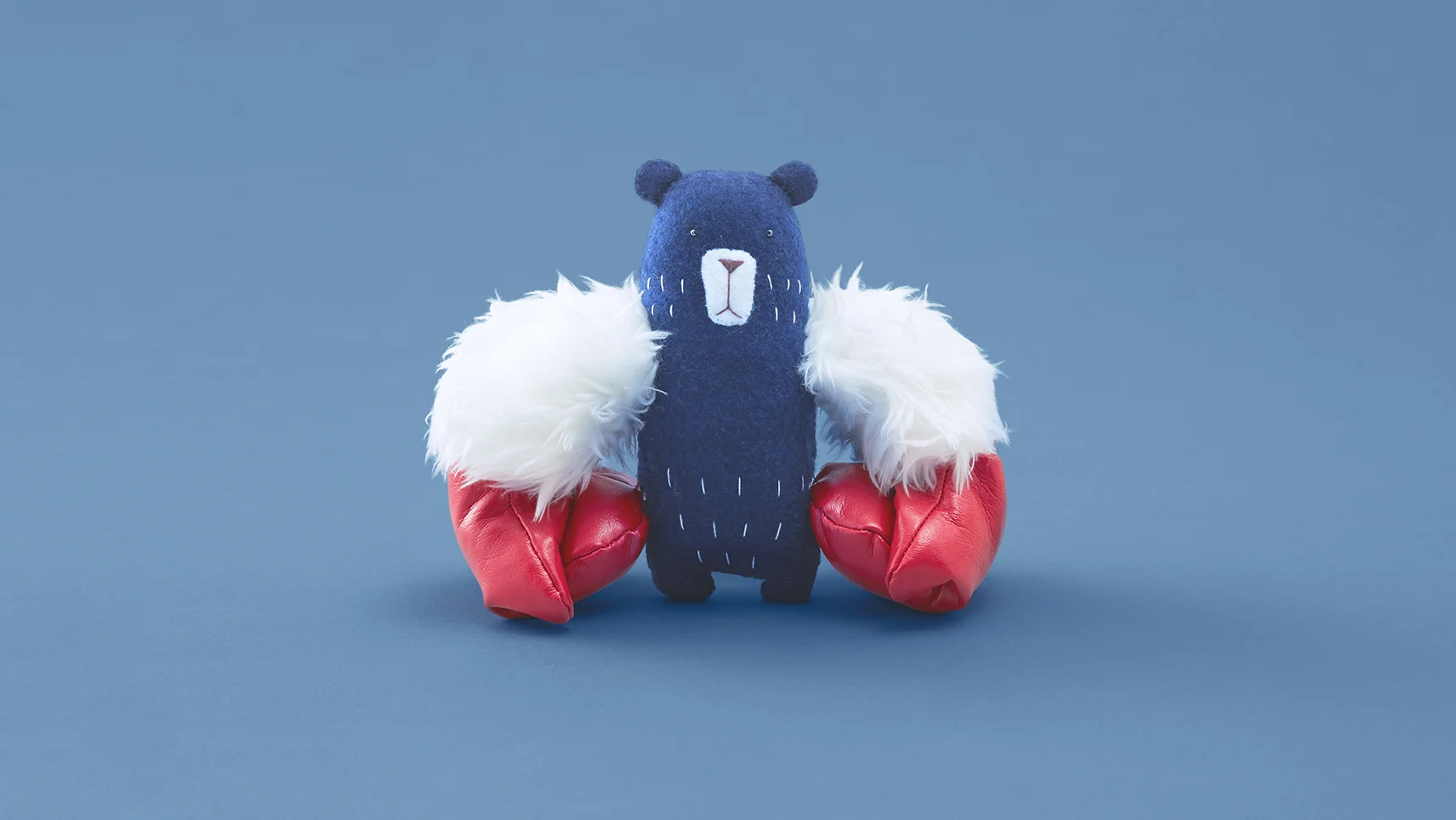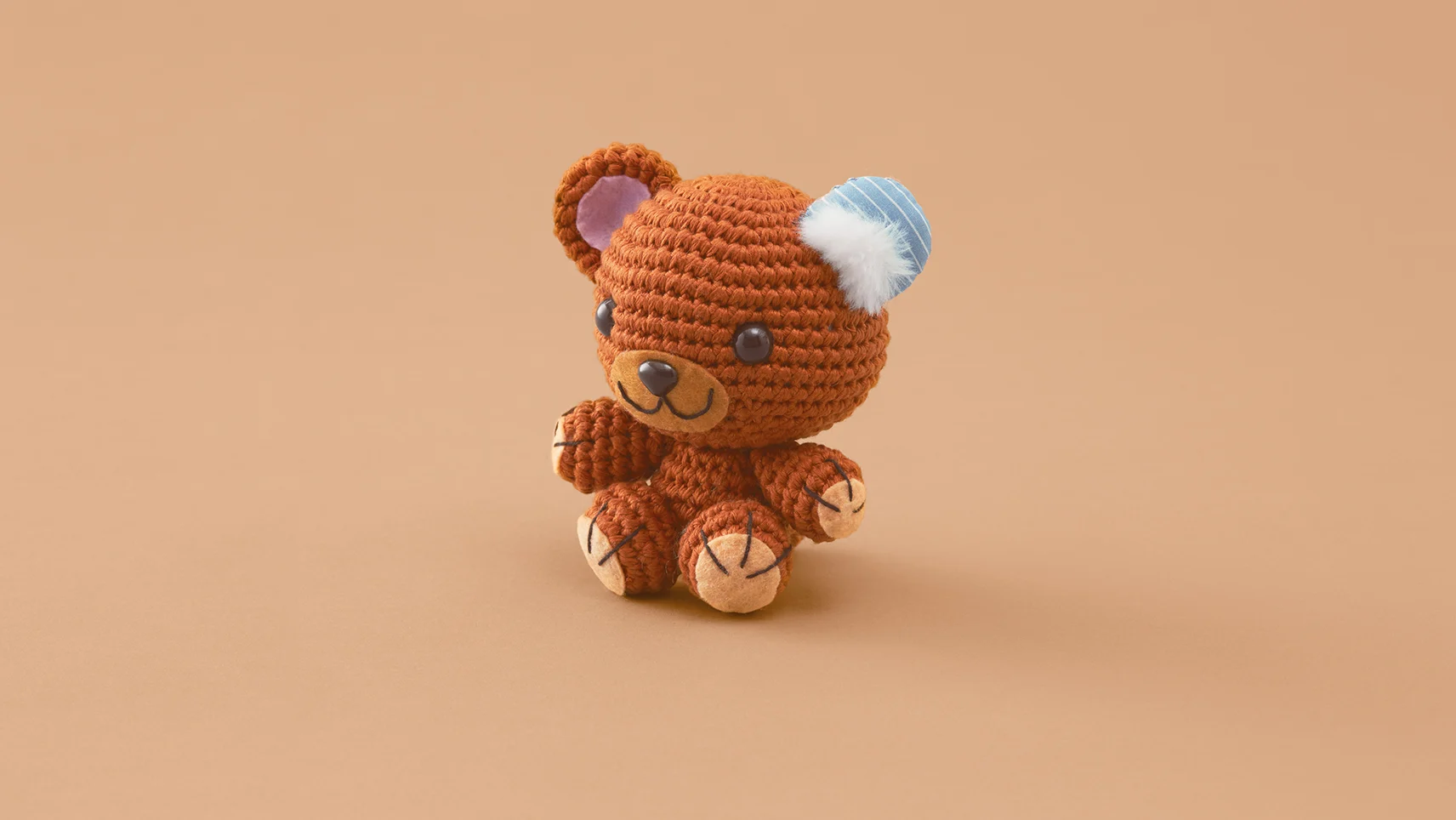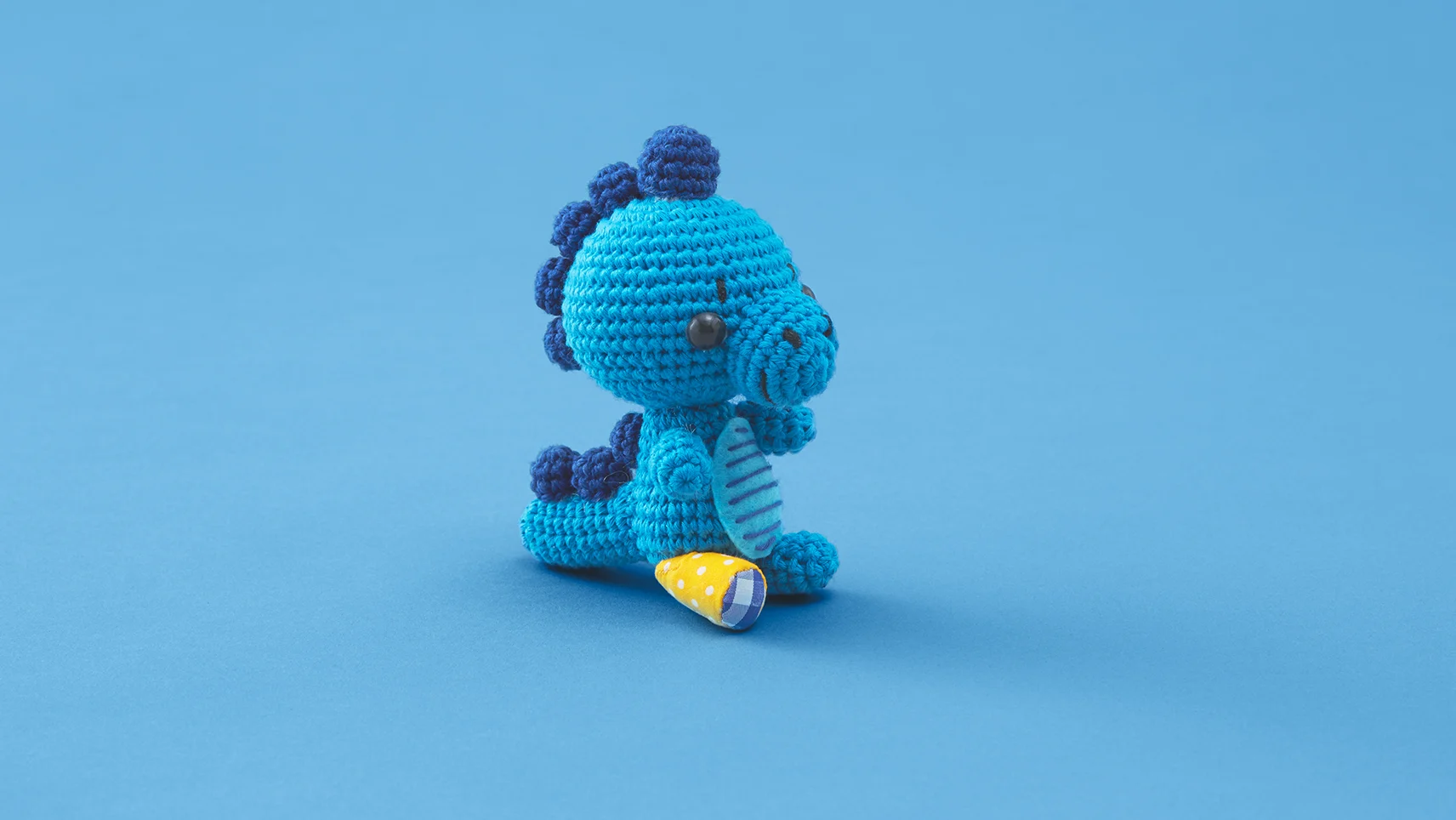Everyone remembers that moment in their childhood when their all-time-favorite toy suddenly lost its eye, its arm or even worse, its head. After crying my eyeballs out, I would either try to fix it myself, or run to my mum to have her fix Lion as soon as possible.

Akira Suzuki and Togo Kida had a similar memory. While tossing ideas around for a new project besides their regular client work at Tokyo-based advertising agency Dentsu, they stumbled on a shared experience from the past: when they were kids they both tried to fix their broken toy by attaching something from another toy to it.
Based on this epiphany, Togo and Akira soon connected the dots and came up with Second Life Toys, a project that cleverly uses old or abandoned stuffed animals to revitalize other torn toys. Although a very cute venture in itself, it was originally brought to life to generate awareness for the low rates of organ transplant donations in Japan. So with support of a Tokyo NGO, an elephant received a new trunk, a whale was pimped with some fresh fins and mister rabbit got his hearing back.

Just like in real-life, Togo and Akira searched for a perfect match between each organ donor and recipient: “We did’t want to hide the replacement; we wanted to show that it is a transplant, because that’s the whole point. But we paid really careful attention that they look natural, but not awkward. They should be fun, but also be an improvement.
“There is this tradition called Kintsugi in Japan. It’s a way to fix broken dishes or tableware by using melted gold as an adhesive to connect the broken pieces. The idea is to cherish that restructured dish as something even more beautiful than it was before it broke.
“And then, you’d have something new and you start to think that it is actually better than it was before,” Togo continues. “You creatively replace the broken part with something to have a new experience with the toy.”

The same idea was applied to the stuffed animals and the response has been remarkable. The number of people wanting to donate is actually much higher than the ones looking for their toy to be fixed. “It’s interesting to see that what we’re experiencing here is actually the opposite in real society. In real society lot of people are waiting for the donors to appear. I would say that it is ironic in a way, but also a very interesting phenomenon.”


